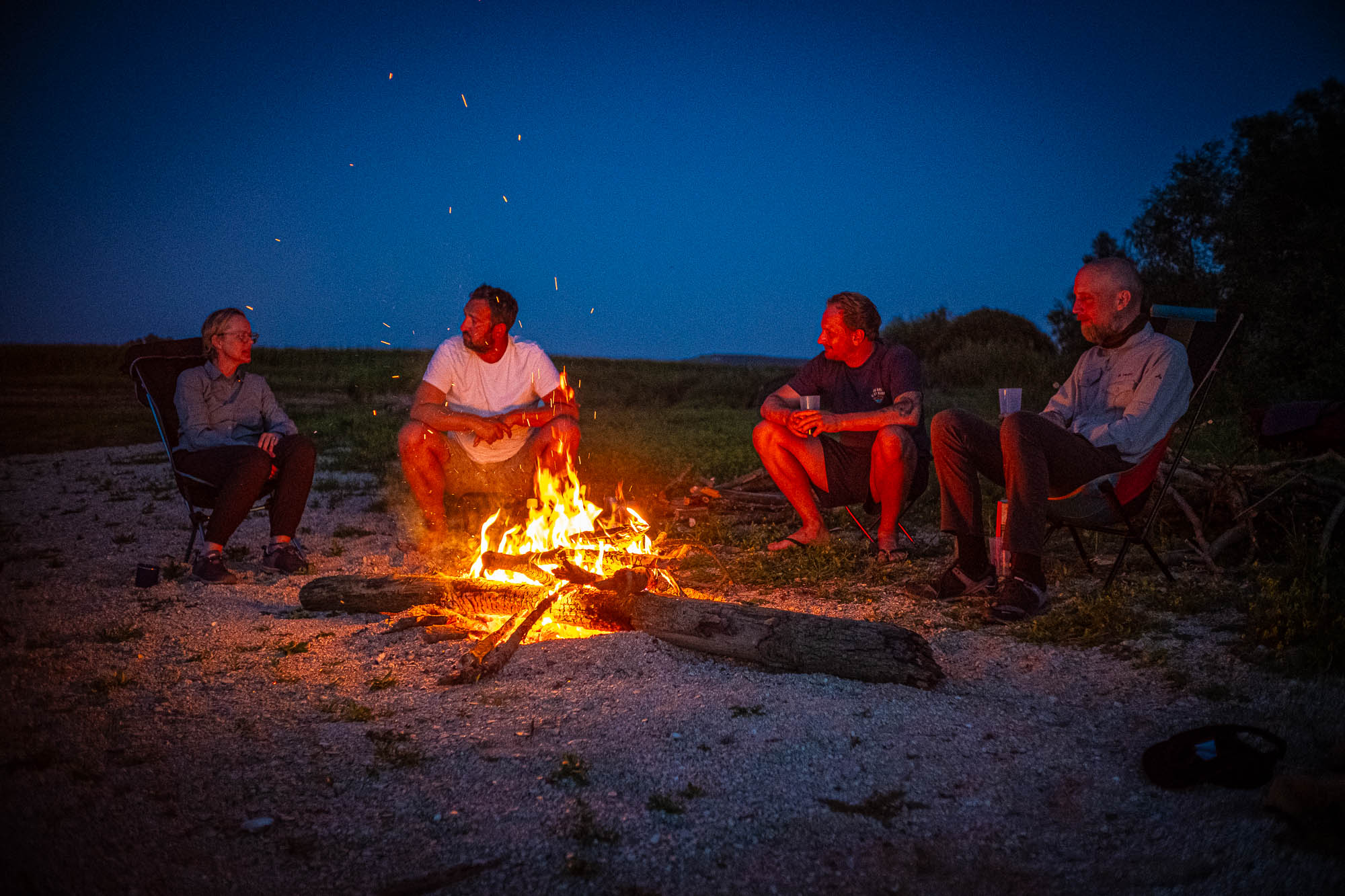A Lifelong Passion for Photography and the Outdoors
Photography has always been present in my life. From a young age, I was captivated by the magic of capturing images. I still remember watching in awe as a child of ten in my father’s darkroom, where photos slowly came to life in the developing tray. That fascination grew into a passion, and after years of evening classes at the local art academy, I decided to further my studies at the Royal Academy of Fine Arts in Ghent, where I specialized in photography and film.
Just like photography, the outdoors has always been there. I grew up around horses and eventually transitioned into mountain biking, hiking, climbing, trail running, and kayaking. Canoeing became my ultimate combination of adventure and tranquility. For me, bringing a camera along on these trips is second nature. Capturing my adventures allows me to relive those moments and the beautiful places I’ve discovered along the way. It’s not just about documenting the activity itself, but also about capturing the unique and often unreachable landscapes I encounter.
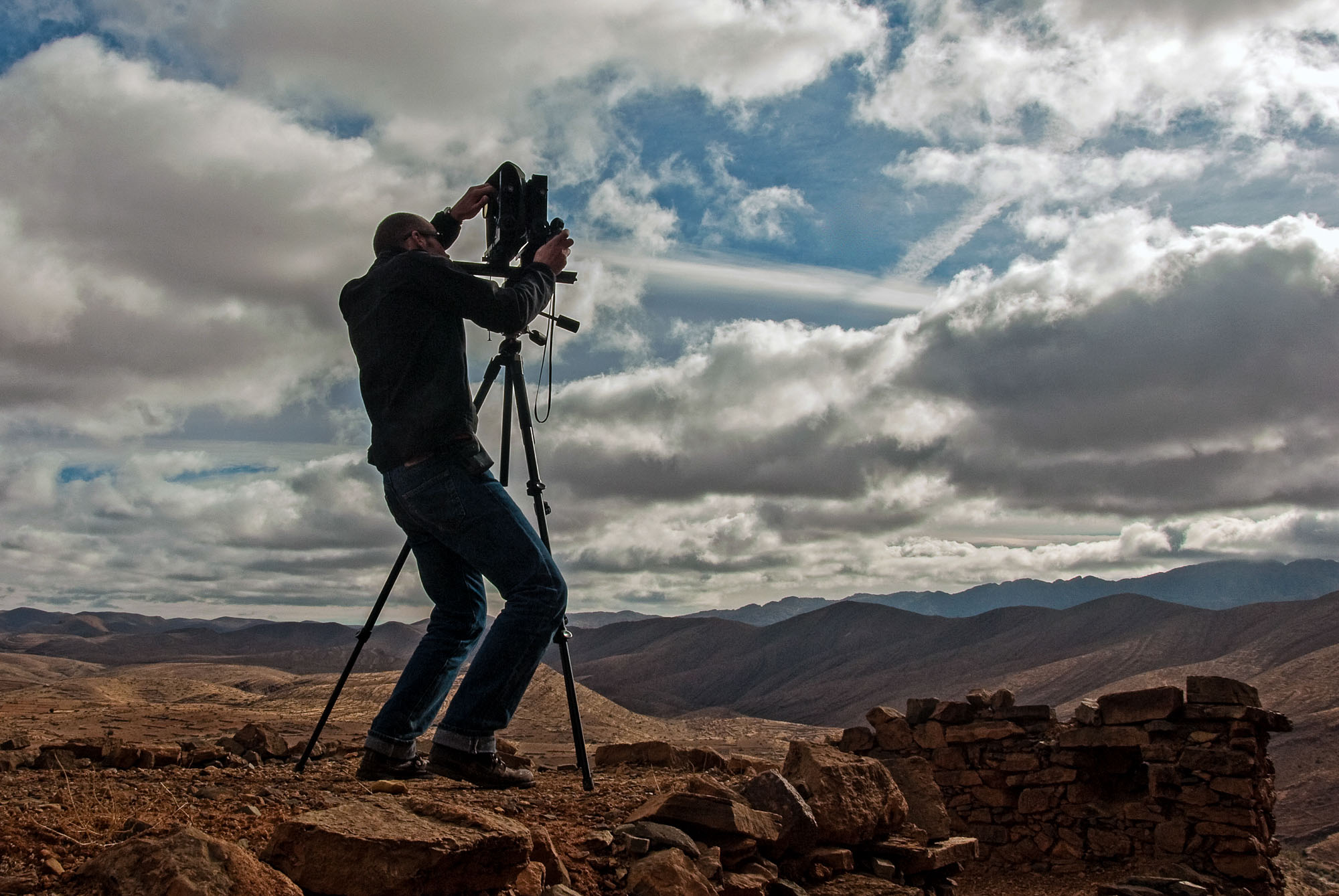
Challenges of Canoeing and Photography
Photographing from a canoe certainly presents its challenges. The biggest difficulty wheen you combine canoeing and photography is that both activities require the use of your hands: letting go of your paddle means losing control of your canoe, and if you can’t look through the viewfinder, you can’t properly frame your shot. Finding the right balance between paddling and photographing requires solid paddling and maneuvering skills. One of the most useful techniques I’ve developed is learning to hold the canoe in an eddy on a river. This gives me the time and space to calmly capture the group as they navigate through a rapid.
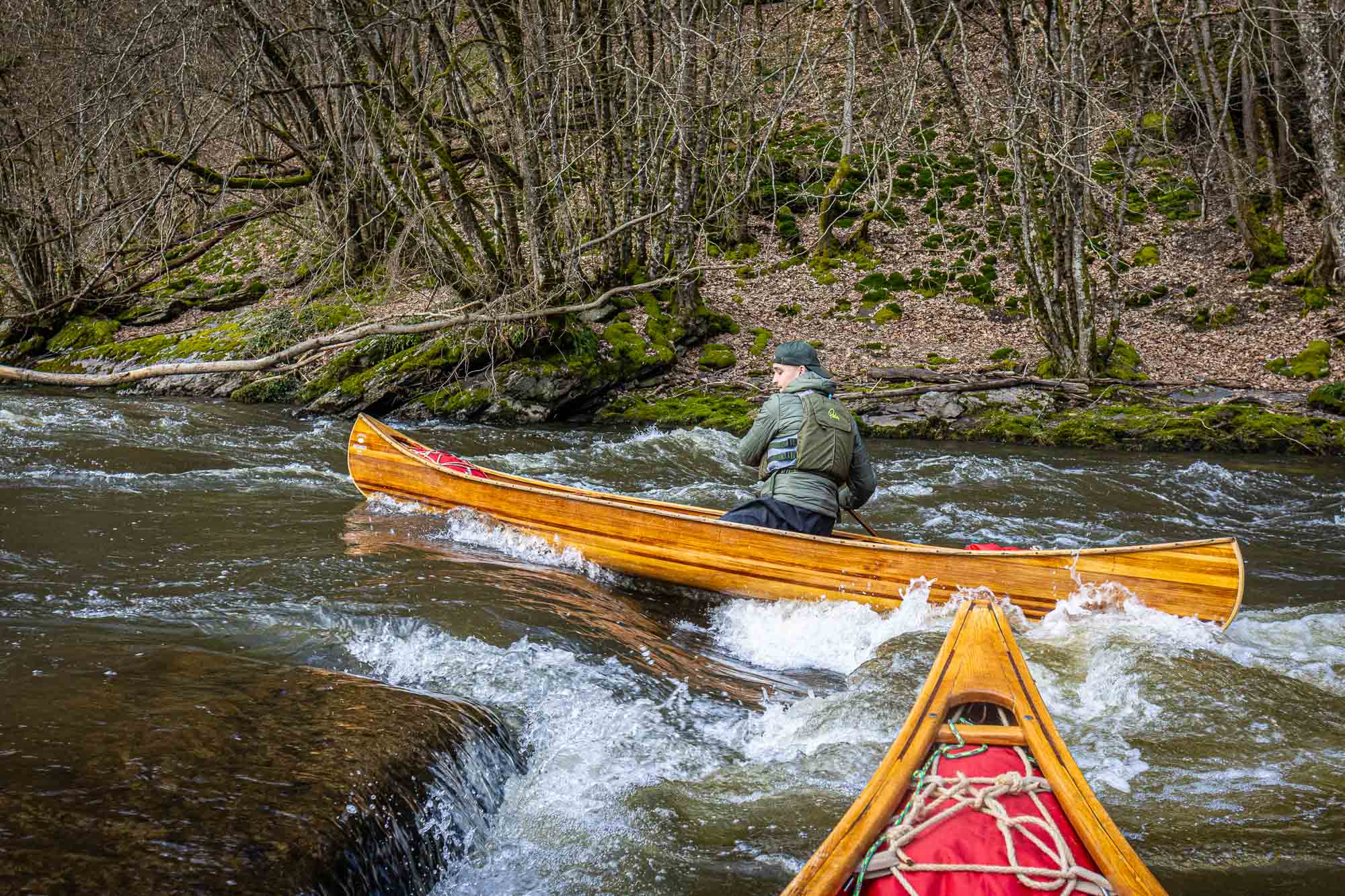
Canoeing and Photography, the Right Gear to do it Safely
Another constant concern is water. Cameras and water don’t mix well, and despite years of canoeing experience, I’ve had a camera take a dip in the water. That’s why I always wear my camera with a strap around my neck, and I keep a waterproof outdoor case within easy reach, securely tied to the canoe. If conditions get too challenging, and I’m not sure I’ll stay dry, I stow the camera in the case. Sometimes I also take photos with my phone, which I keep in the top pocket of my life jacket. While you can put phones in a waterproof case, I’ve found that this often doesn’t yield the best image quality. Fortunately, most recent phones are water-resistant – something I’ve tested firsthand!
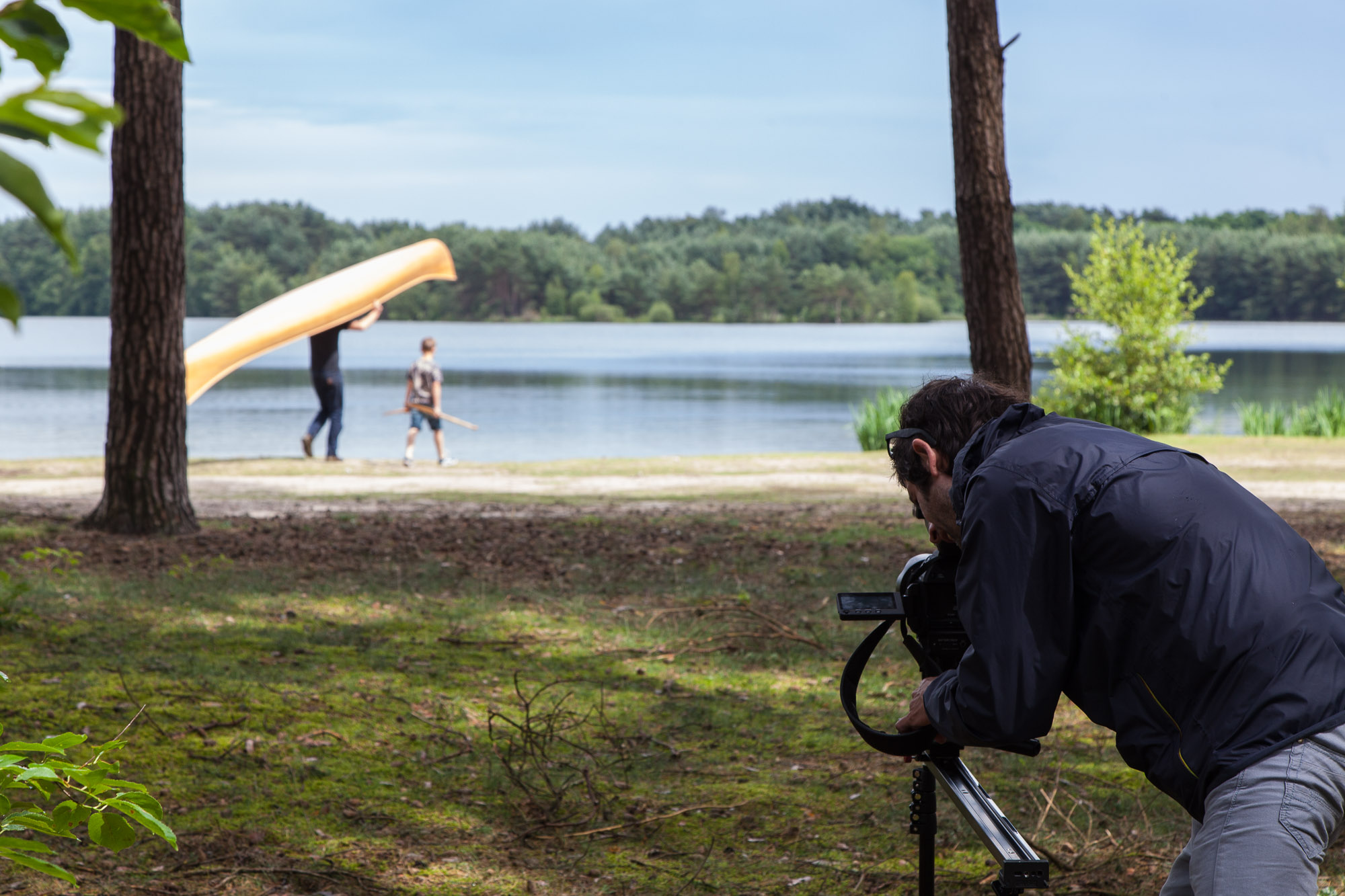
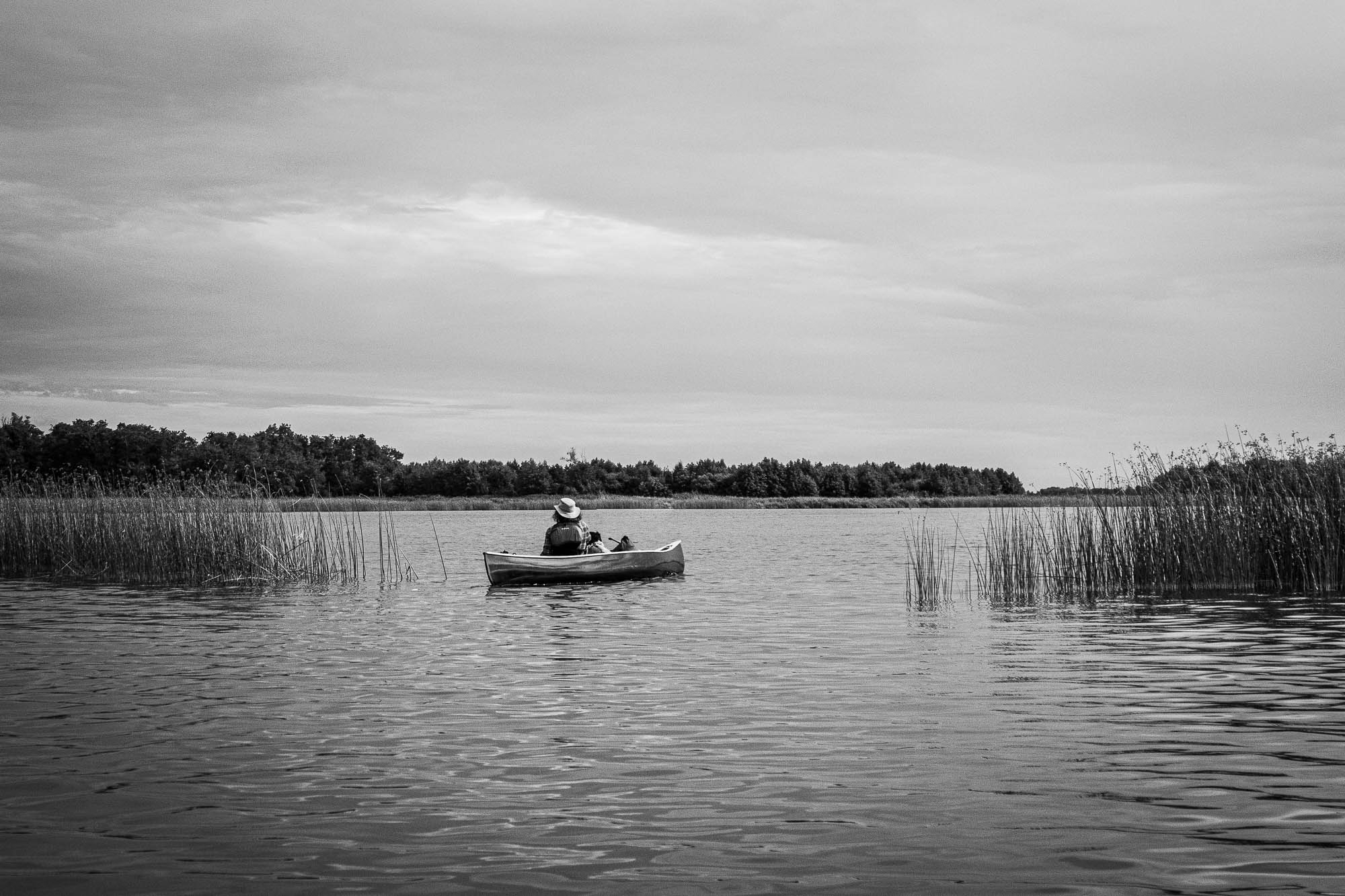
Photography in a Canoe: Tips for Beginners
For those wanting to start photographing from a canoe, the most important thing is to pay attention to your subject. Always ensure you have a clear focal point in your image. Often, this will be the canoe, but it can also be a natural element like a cliff face or an overhanging tree. Decide what you want to emphasize and focus on that. The mantra “less is more” is particularly relevant here; simplicity in your composition often leads to stronger images. Also, think about variety in your shots. Don’t just capture landscapes, but also focus on details, portraits of fellow paddlers, action shots during paddling, and cozy moments around the campfire. This variety makes your photo series much more engaging for people to look at later.
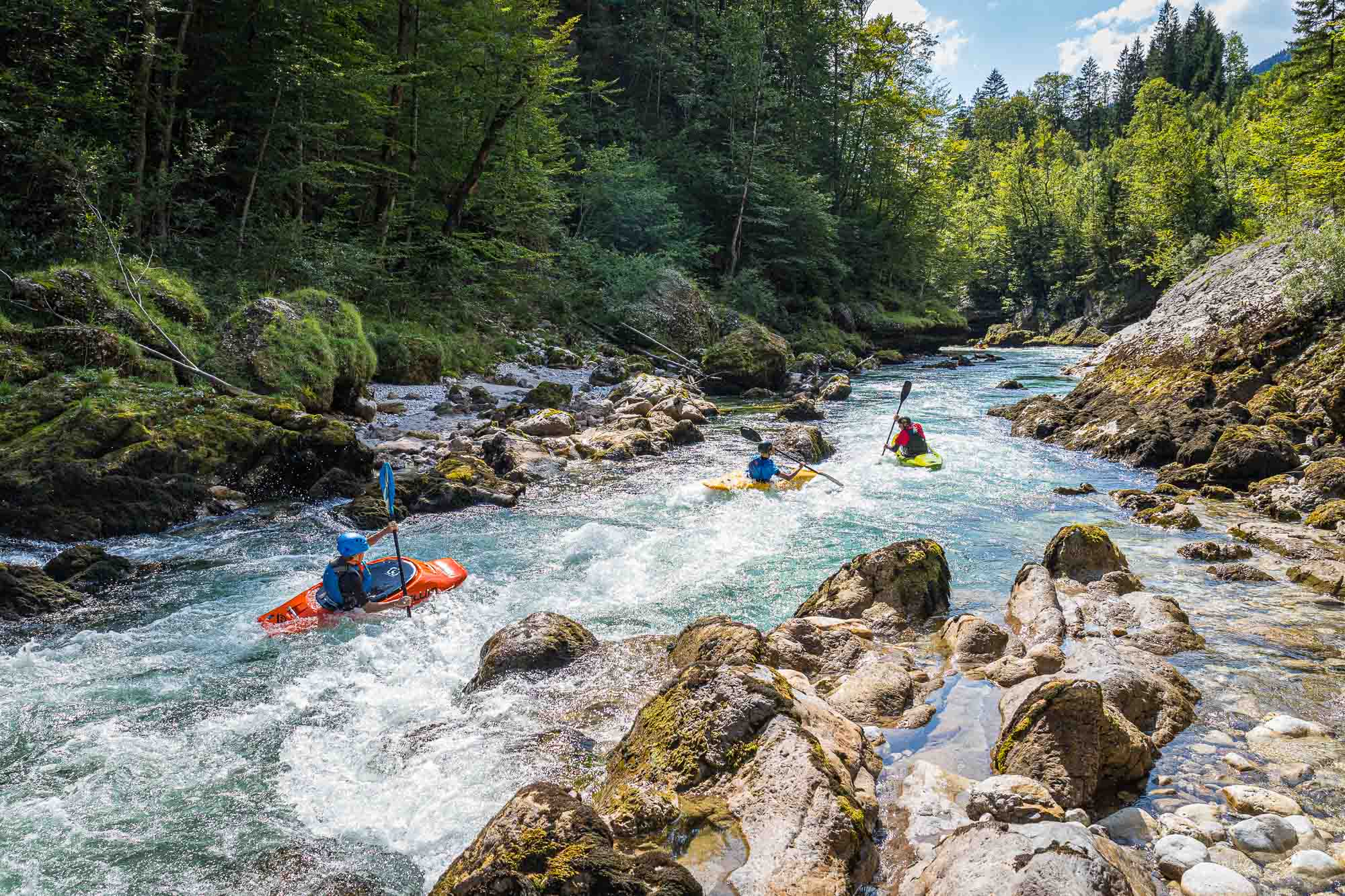
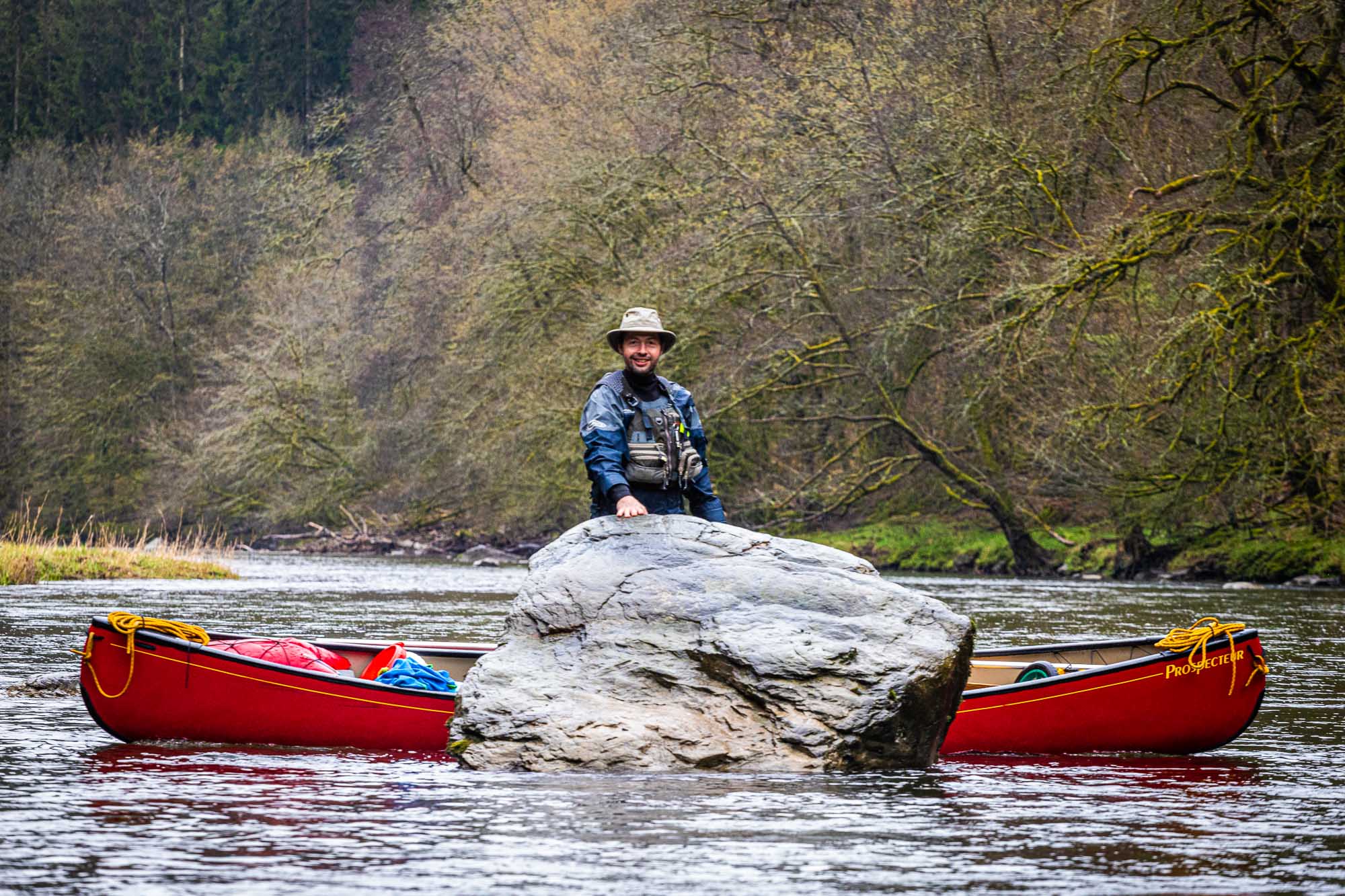
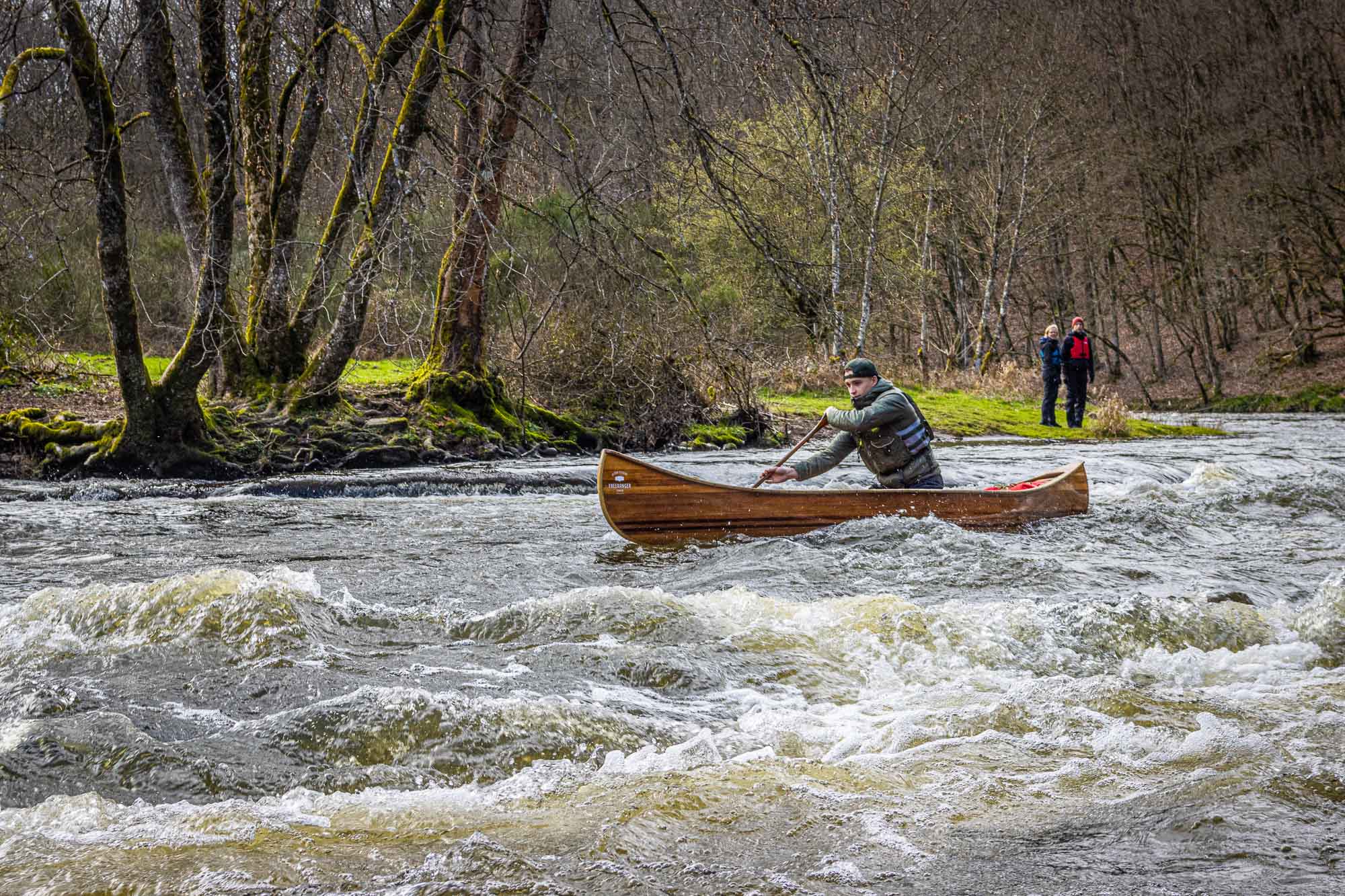
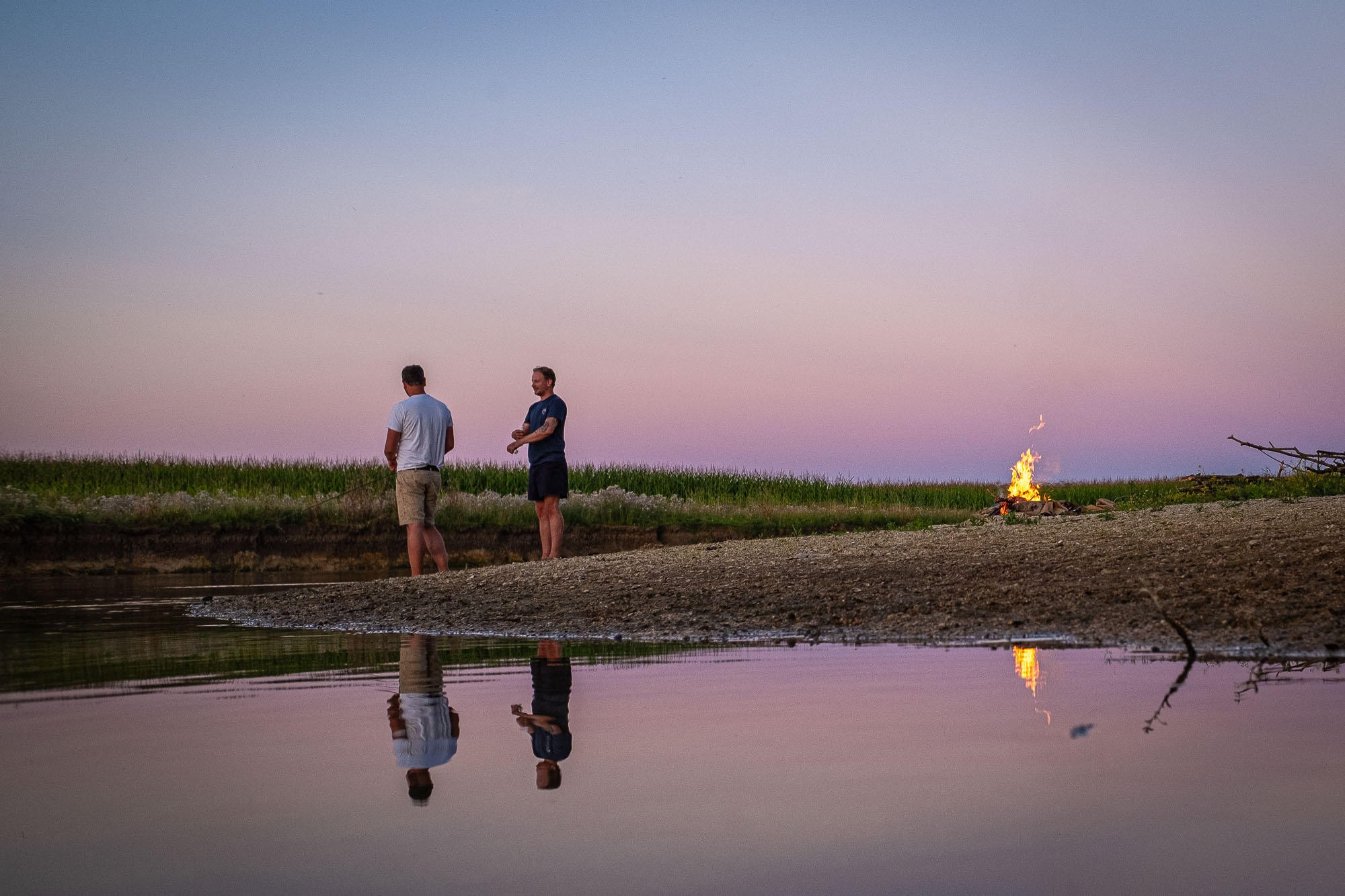
Another challenge in a canoe is your limited movement. Try photographing to the sides or behind you for different perspectives. If you’re feeling brave, try standing up in the canoe – this gives you a completely different viewpoint. And, of course, you can step ashore now and then to take photos of your friends and the surroundings from the riverbank.
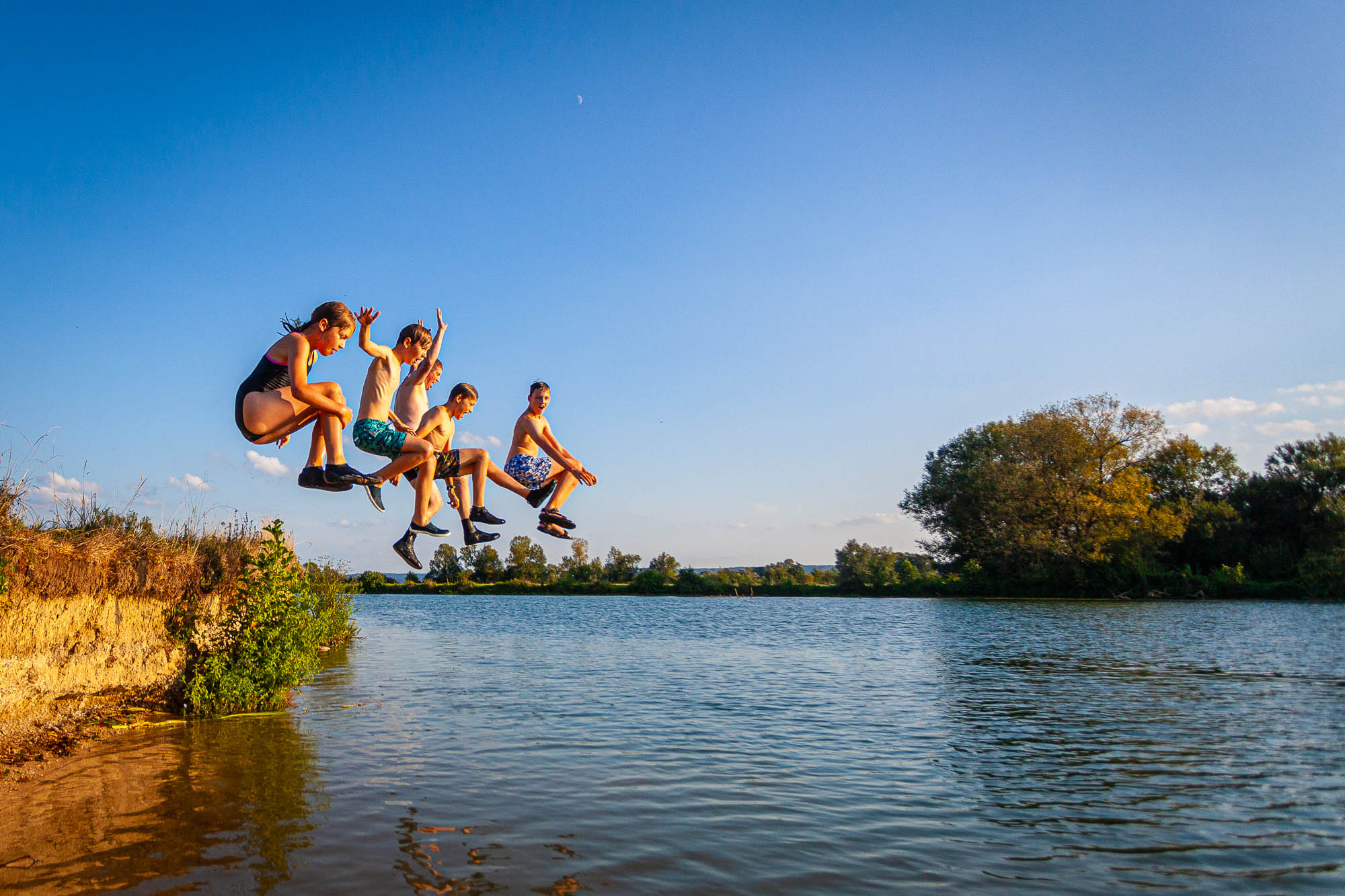
The Spectacular and Peaceful Moments on the Water
The most spectacular photos are often captured during moments of action and drama. Rapids, rough waves, and threatening skies over open water can produce breathtaking images. But for me, capturing the calm and serenity that you often experience in a canoe is just as important. Those still, peaceful moments on the water have a unique atmosphere that I try to convey in my photos.
Photographing wildlife during a canoe trip is also a special challenge, but it’s incredibly rewarding when it works. Getting a shot of a beaver gliding through the water is one of those moments that requires patience but is well worth the wait. Besides canoeing, there are also many photogenic moments, such as a tough portage or a cozy campfire after a long day of paddling. These images reflect the atmosphere of the trip in a different way and help tell the full story.
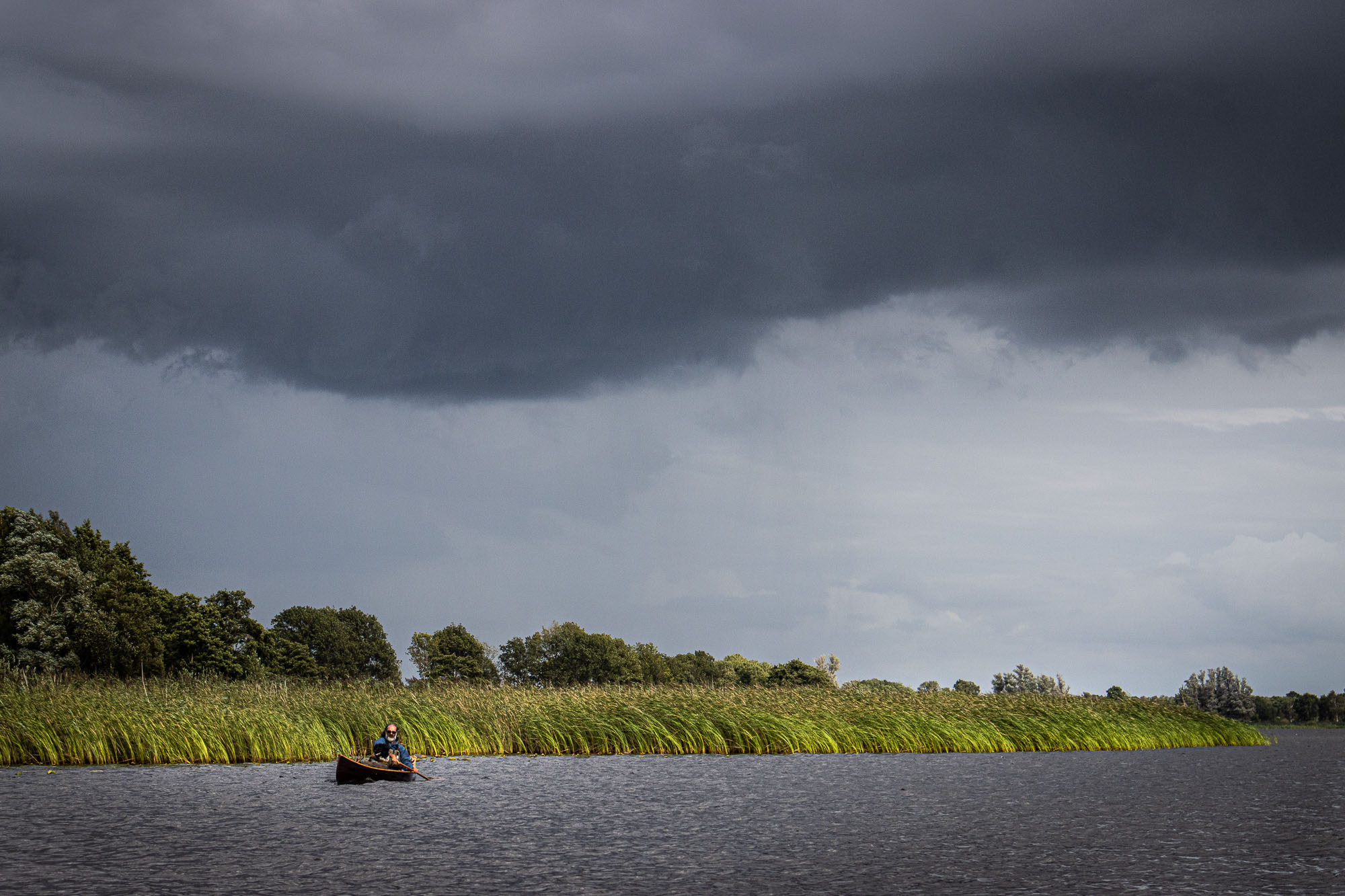
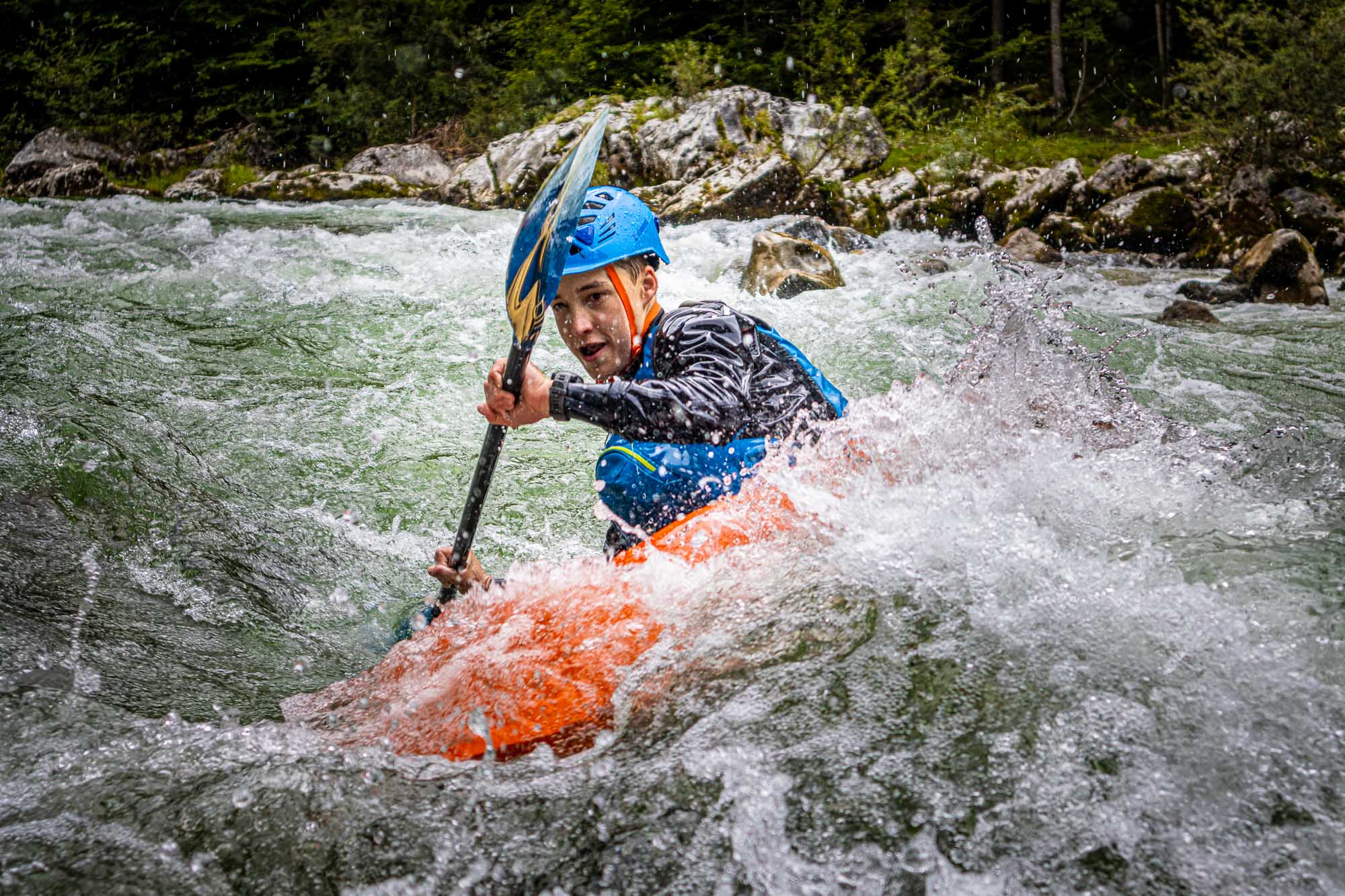
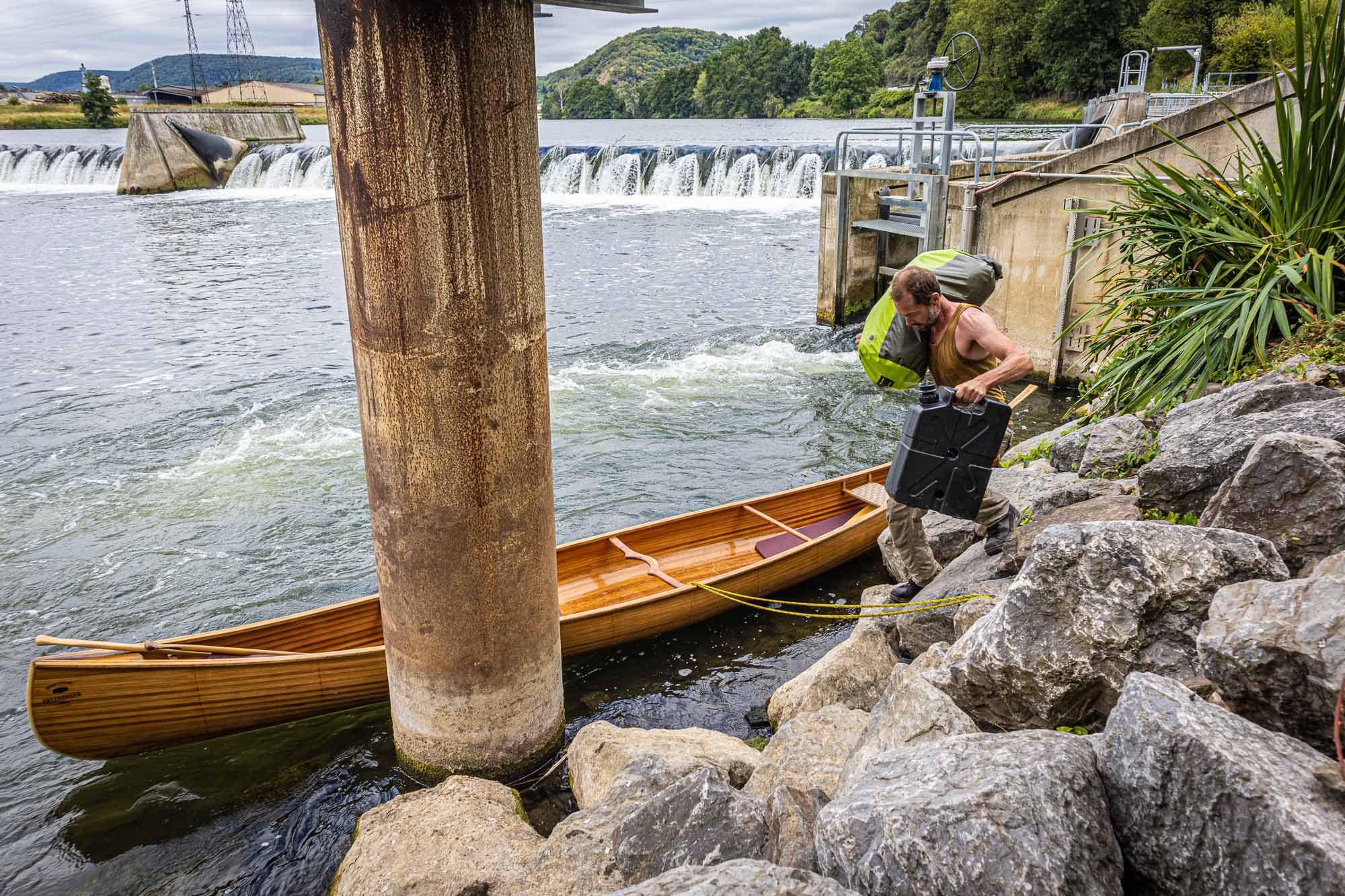
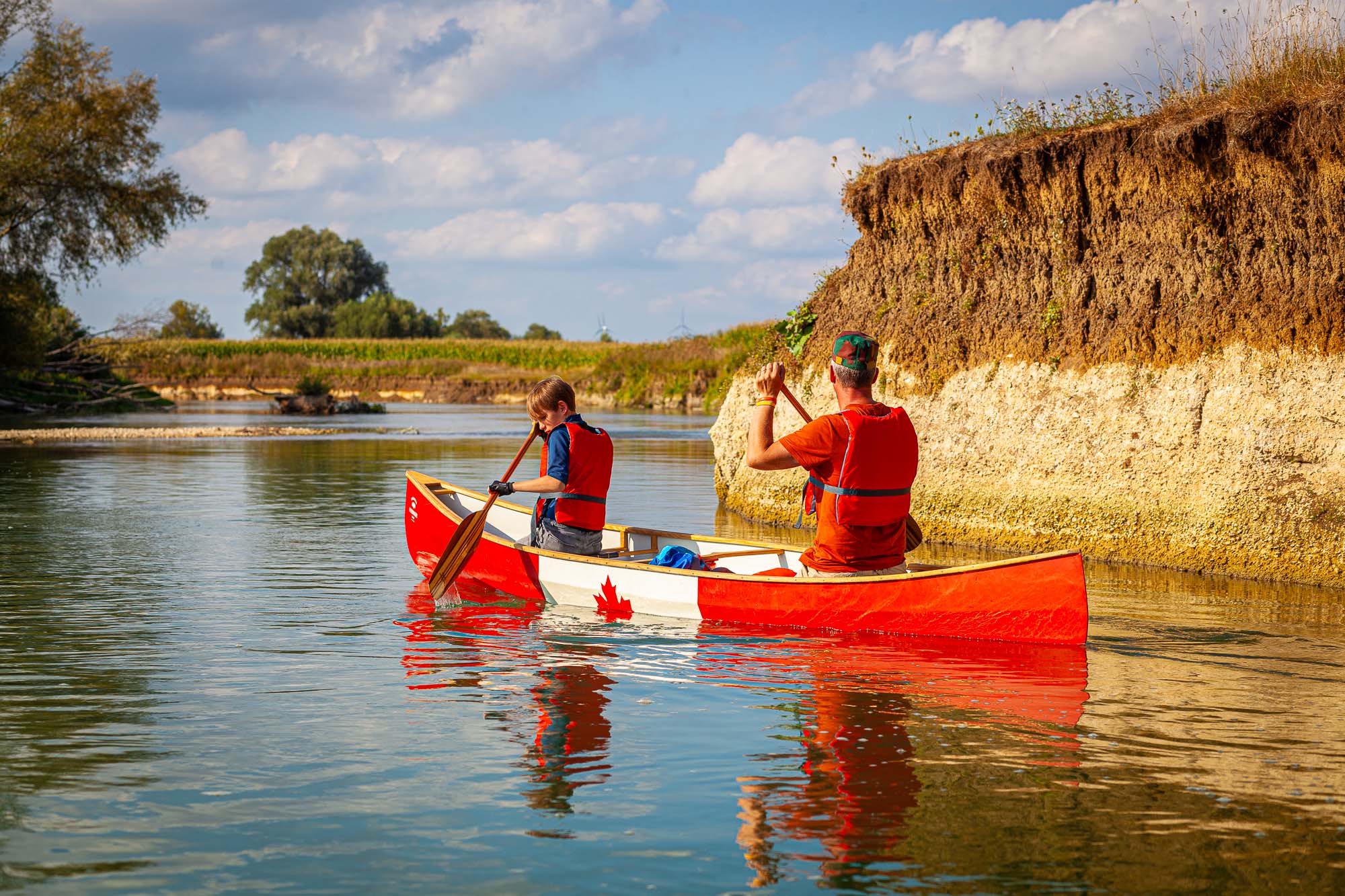
Why Mindful Photography is more Important Today than Ever
In a time when everything is photographed, and with AI making us question what’s real, I believe it’s important to take a little more time with the act of photographing. By being mindful about photography, we can add more authenticity to our images. That authenticity is what makes a photo special, and it’s that feeling I aim to capture and share with others. A good photo doesn’t just show what you saw but also conveys what you experienced at that moment – and in the end, that’s what it’s all about, whether you’re in a canoe or paddling through life.
